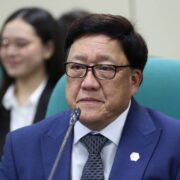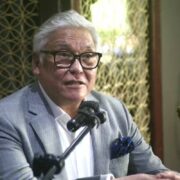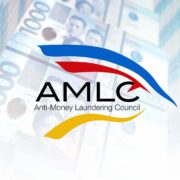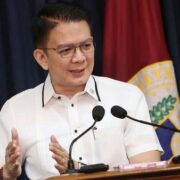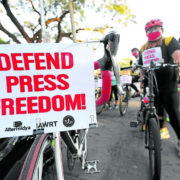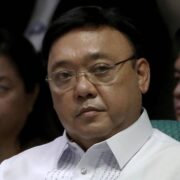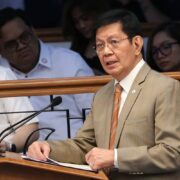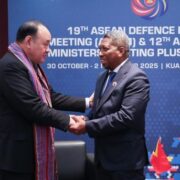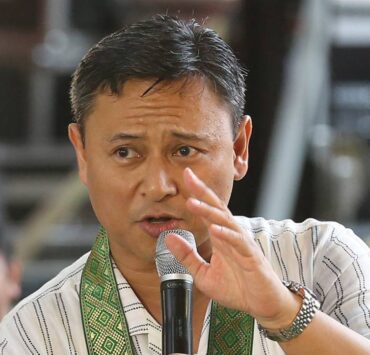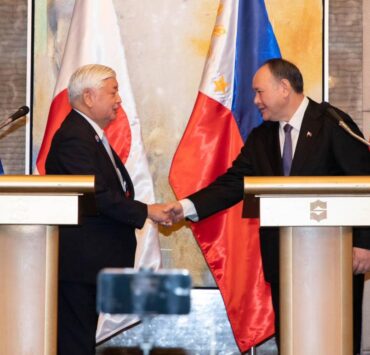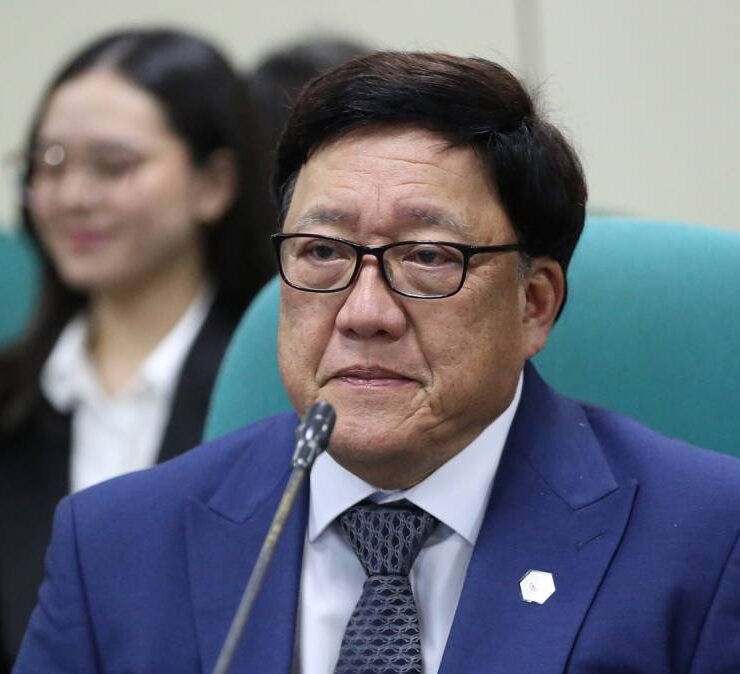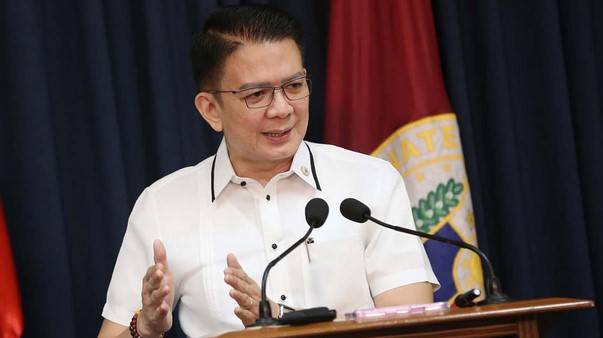Tarlac museum tells Aquinos’ ‘love story’ with the people
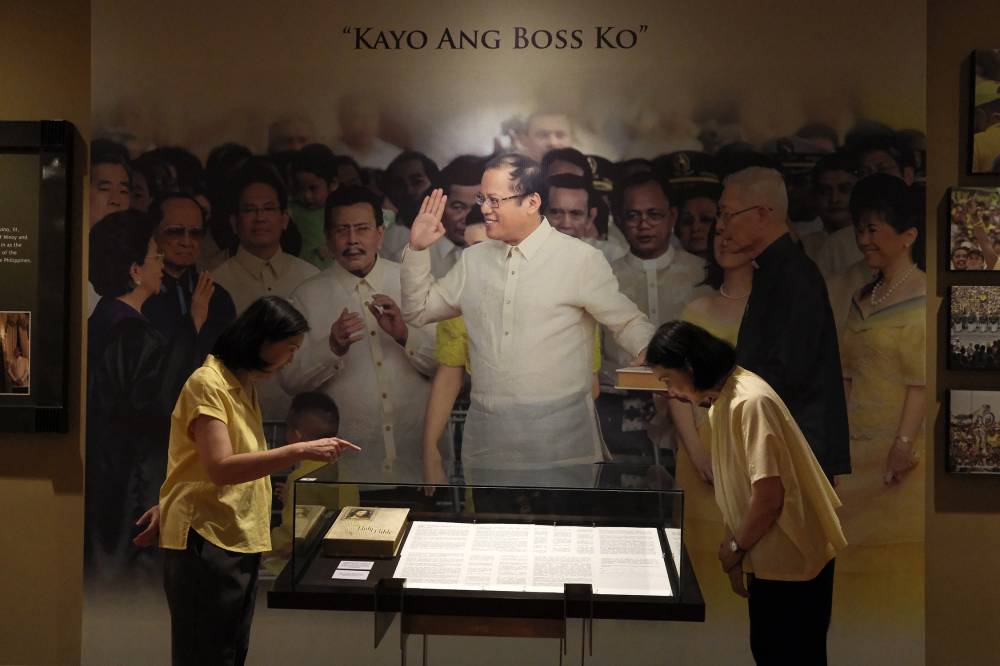
- History hot spot: The newly-renovated Aquino Center and Museum in Tarlac, which reopened Monday, highlights the roles of three Aquinos — Ninoy, Cory, PNoy — in the country’s continuing democratic project.
- The museum is located just past the entrance of the Cojuangco family’s former Hacienda Luisita sugar estate. But the replica of Ninoy’s cell in Fort Bonifacio and his original bloodied shirt from his assassination on Aug. 21, 1983 were kept intact.
- Rafael Lopa, president of the Ninoy and Cory Aquino Foundation, said the museum “completes the love story of the (three) Aquinos with the Filipino people.” During the administrations of Cory (1986-1992) and Noynoy Aquino (2010-2016), democracy was “not perfect, but it worked,” Lopa said.
TARLAC CITY—The roles of three Aquinos in the country’s continuing democratic project should get its due attention particularly today, Feb. 25, the 39th anniversary of the Edsa People Power Revolution.
Reopened on Monday after its renovation in 2023, the Aquino Center and Museum in the family’s home province of Tarlac aims to complete the narrative sparked by the 1983 assassination of Sen. Benigno “Ninoy” Aquino Jr., the rise to the presidency of the slain senator’s widow Corazon “Cory” Cojuangco Aquino in 1986, and the good governance crusade of their son, Benigno “Noynoy” Aquino III, when he was elected in 2010.
Located just past the entrance of the Cojuangco family’s former Hacienda Luisita sugar estate, the interiors of the museum, which first opened in 2001, were rearranged this year. But the replica of Ninoy’s cell in Fort Bonifacio and his original bloodied shirt from his assassination on Aug. 21, 1983, were kept intact.
On top of three new sections in the exhibit, a book on “PNoy,” as the late Noynoy Aquino was also called, was unveiled in time for the museum’s reopening.
From Cory to Noynoy
The first section presents an enhanced version of the 1987 Constitution, which was drafted by a commission formed by Cory Aquino soon after she was catapulted to the presidency by the end of the four-day Edsa uprising.
The second section features Cory as President contributing to nation-building.
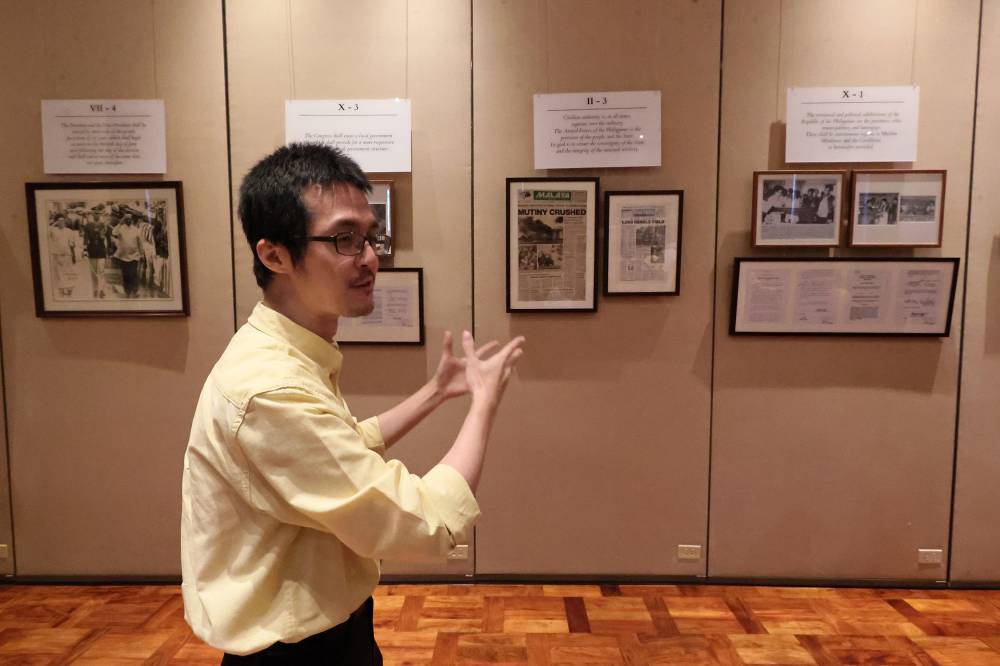
The third section, which occupies a larger area, features Noynoy’s “transformative leadership and commitment to democratic principles”—including the 2013 arbitral case brought by his administration against China which led to the Philippines’ landmark victory three years later upholding its sovereign rights over the West Philippine Sea.
“What we fought for did not start at Edsa but started even way before. It’s a nice remembrance for people to come and visit and relive those years when we struggled for freedom and democracy,” said former House Deputy Speaker Lorenzo “Erin” Tañada, who was among those who attended the museum’s reopening. Tañada is a grandson of the late Sen. Lorenzo Tañada, a leading ally of Ninoy Aquino.
Several museum visitors were moved to tears as they looked at the photos and handwritten letters featured in the museum.
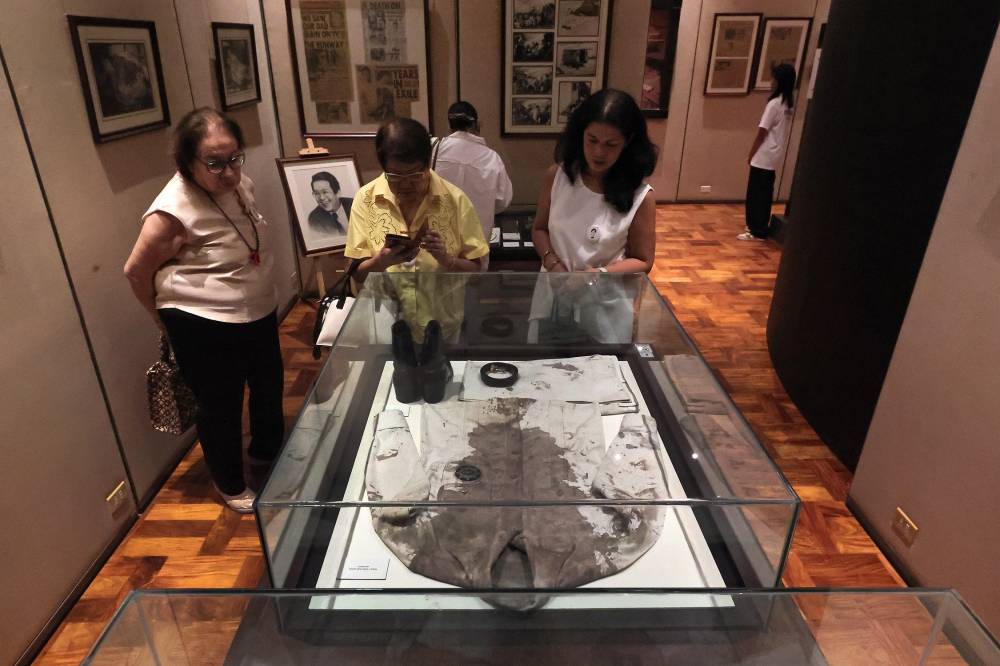
Reunion
Another highlight of the reopening was the gathering of past officials of the two Aquino administrations together with other allies, friends and family members.
Their gathering served to underscore the theme, “Pamana nina Ninoy, Cory at Noynoy: Laban para sa Kalayaan, Demokrasya at Dangal ng Bayan” (The Legacy of Ninoy, Cory and Noynoy: A Fight for Freedom, Democracy and National Dignity).
“It’s a reunion of sorts,” said Rafael Lopa, president of the Ninoy and Cory Aquino Foundation. The museum, according to him, “completes the love story of the Aquinos with the Filipino people.”
Under the respective administrations of Cory (1986-1992) and Noynoy Aquino (2010-2016), democracy was “not perfect, but it worked,” Lopa said.
As the country marks the 39th year of the Edsa People Power Revolution, he expressed hope that Filipinos would “find the courage, hope, unity and unwavering commitment to democracy and [would] reconnect.”
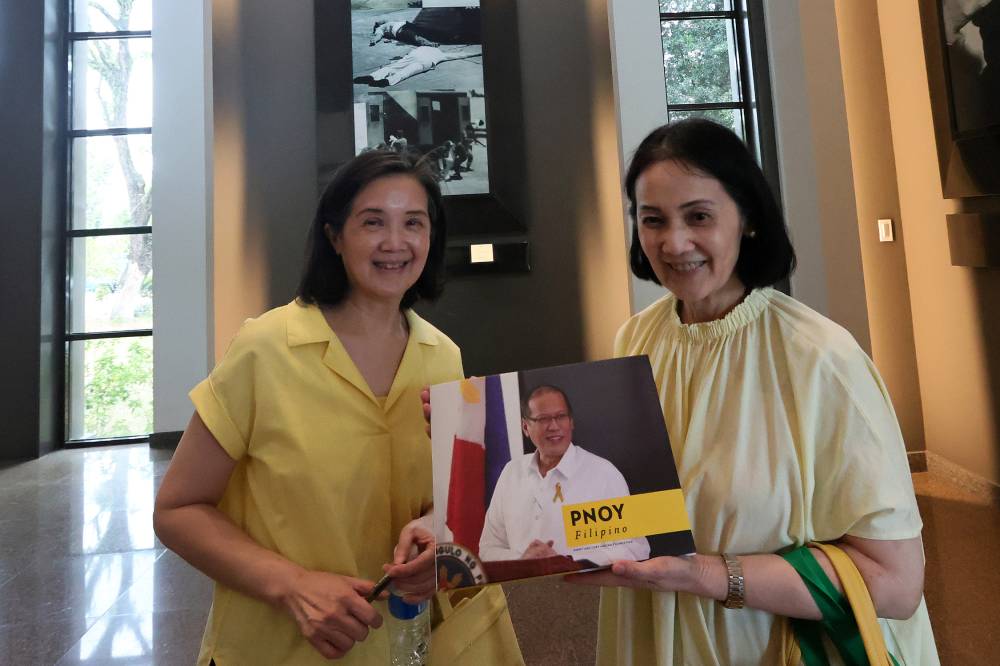
Book on PNoy
Thelma Sioson San Juan, former Lifestyle editor of the Inquirer, humorously said Noynoy, who died in 2021, was “overruled” because the book about him, simply titled “PNoy: Filipino,” came out despite his objection to it and the delays in its release.
The 200-page book also features photographs mostly taken by his close-in lensman Gil Nartea.
San Juan told the audience that Noynoy eventually agreed to the book’s publication “dahil masyado pinaiikot ang katotohanan (too much spin on the truth).”
She also said the team behind the book—which included journalist Nikko Dizon and staff of the Aquino family’s home on Times Street, Quezon City—persisted in completing the book, “para malaman niya na sulit ang ginawa niya (so he will know that what he had done had been worth it).”
“Hindi marunong magbuhat ng bangko si PNoy (PNoy was not the type who gave himself credit). It was never about him. He was focused on the tasks ahead,” said San Juan, a long-time friend of the late president.
“PNoy: Filipino” will be available to the public in March.




